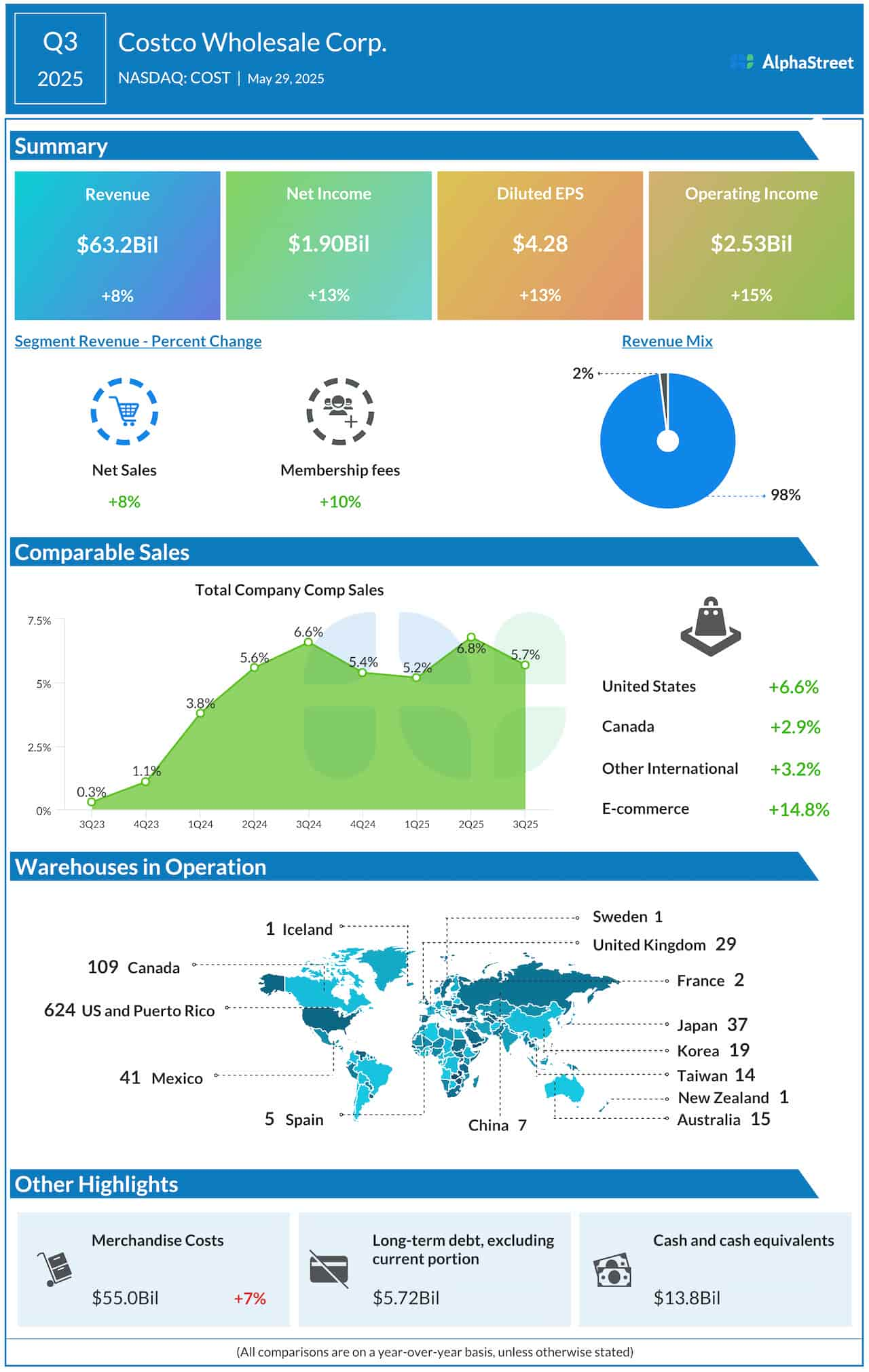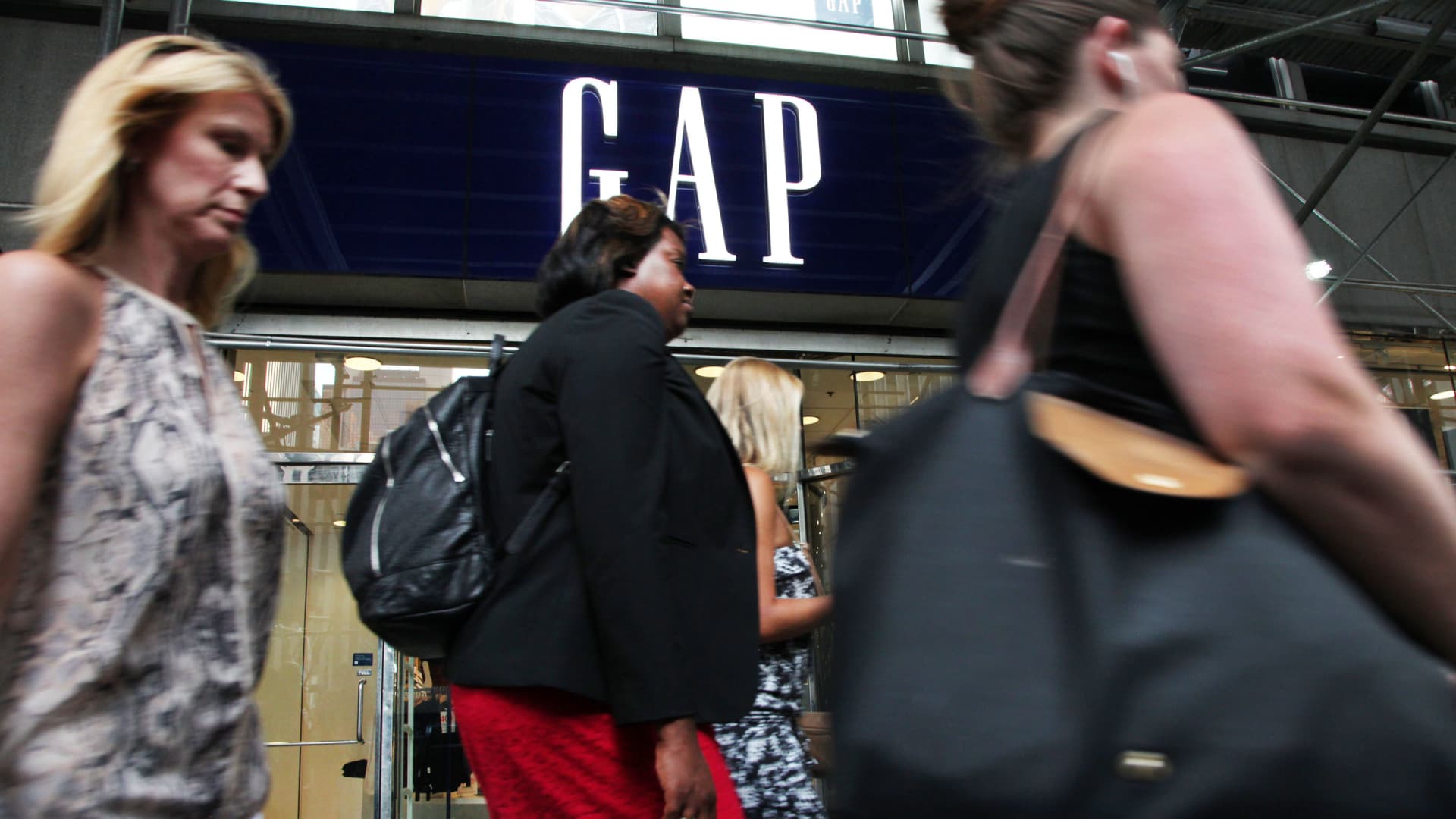“Owning regional banks requires an abnormally high desire for pain.”
That’s what Yang Tang, CEO of fund issuer Arch Indices, said when problems started cropping up for a small bank in New York last week.
Following a surprise 70% dividend cut, shares of regional banking giant New York Community Bank (NYSE: NYCB) lost nearly half their value in a single trading session. Other regional bank stocks sank as well, leading to one of the worst days for the sector since last year’s major bank failures:
Is NYCB the Canary in a Coal Mine?
And NYCB’s shares fell even further this Tuesday. They’re now down more than 60% over the last month alone.
These losses have led to renewed concerns about the health of America’s regional banks.
It’s been nearly a year since Silicon Valley Bank (SVB), Signature Bank and First Republic Bank failed. The Federal Reserve and the U.S. Treasury took swift action in response to the crisis, assuring depositors and investors that the coast was clear — and the contagion wouldn’t spread.
That rapid response indicated that both the Federal Reserve and the Treasury may have learned a few important lessons during the financial meltdown of 2008 to 2009.
The banking business is all about trust and confidence, after all.
And authorities took swift action to preserve that confidence. Even if there was a banking crisis (like the “digital bank run” SVB’s ultra-wealthy clients executed), they wanted everyone to know that they were ready to crank up the printing presses, and throw money at the problem until it went away.
The Fed even established an emergency “Bank Term Funding Program” with $25 billion in newly printed cash. They were ready to stop the crisis in its tracks.
But the situation was still a nightmare for investors.
Long before the bank went bust, SVB stock slumped from heights of $755 per share, all the way down to $100 before it was delisted. That’s an 85% loss … and tens of billions in market cap value completely destroyed … all in a matter of days.
Fast forward, and NYCB emerged as an unlikely hero in the crisis, absorbing massive amounts of Signature Bank’s toxic assets. Now, those same assets are wreaking havoc on NYCB’s portfolio — and NYCB’s investors are paying the price.
So if taxpayers, depositors and investors are losing out during these banking crises, who’s really “winning” here?
The traders, that’s who…
The “Big Short” is Back for Regional Banks
Amid all the chaos of Silicon Valley Bank and Signature Bank failing last year, some smart short sellers saw the risks beforehand … and turned the situation into a windfall profit.
According to financial analytics company Ortex, hedge funds were sitting on unrealized profits of $7.25 billion over the course of March 2023. It was the most profitable month for short sellers since the 2008 financial crisis.
And by the time First Republic ceased operations on May 1, short sellers had pocketed another $1.2 billion.
Even Main Street investors managed to get in on the action…
Throughout most of last year, I recommended that paid-up Max Profit Alert subscribers use put options to short the S&P Regional Banking ETF (NYSE: KRE).
As I explained in one of my recommendations:
If SVB was “unique” and the too-big-to-fail banks can’t collapse … then where’s the bounce in bank stocks’ share prices?
If the damage were truly limited to SVB and Signature Bank, why haven’t KBE and KRE mounted even a short-lived, “dead-cat-bounce” type of rally?
One plausible explanation is that increased scrutiny on regional banks has shifted to another risk: the industry’s exposure to commercial real estate (CRE)…
Sure enough, the market quickly began “pricing in” the rising risk of CRE defaults — sending our puts soaring for 108% gains over the next two months. It was the definition of “easy money.”
And it wasn’t the last opportunity we’ll have to cash in on crashing CRE, either…
$1.5 Trillion in Ballooning CRE Debt = Ticking Time Bomb
Many American CRE loans are structured with a large “balloon” payment at the end of the contract.
That means the lender receives relatively small monthly payments throughout the lifetime of the loan, with one much larger payment at the very end of its term.
And this arrangement has historically made sense. After all, most CRE contracts are five to 10 years long … not 30 years, like a traditional mortgage.
On those shorter terms, the balloon payment is more appealing because it allows clients to minimize the effects of inflation on their expenses.
But it also gives them an unspoken option to default on a massive payment at the tail end of the lease.
This wasn’t a problem for CRE in previous decades.
There was always more demand for office space, after all!
But that’s simply not the case anymore. That demand has imploded.
American workers all started working from home during 2020’s lockdowns. In short, things changed almost overnight.
Now, almost four years later, many businesses have settled into this new workflow. Productivity is up, and once packed offices are collecting dust. So, more and more businesses are cutting off their CRE contracts and slimming down on office space.
This will have disastrous implications for the $1.5 trillion in CRE loans set to expire by 2025.
And this could all start coming to a head as soon as March 11…
That’s when the Fed’s emergency bank funding program will shut down — for good.
Without the full backing of Uncle Sam (not to mention unlimited access to his printing presses), regional bank investors could start to lose faith — and the “Phantom Bank Crisis” will show up in newspaper headlines all over again.
Powell has already acknowledged the situation. He’s been honest about what’s going on, too. He recently admitted that some banks would inevitably fail, while still insisting that the issue doesn’t count as a “systemic” risk.
In other words, depositors at these banks have nothing to worry about.
But shareholders could once again be left holding the bag as bank stocks crash.
That’s why I’m urging my readers to take immediate action.
I’ve updated my list of “282 Toxic Banking Stocks to Dump Right Away,” and created a standalone video update on the newest “Big Short” opportunity in regional banks. Take a moment and watch it HERE.
To good profits,

Adam O’Dell
Chief Investment Strategist, Money & Markets
















